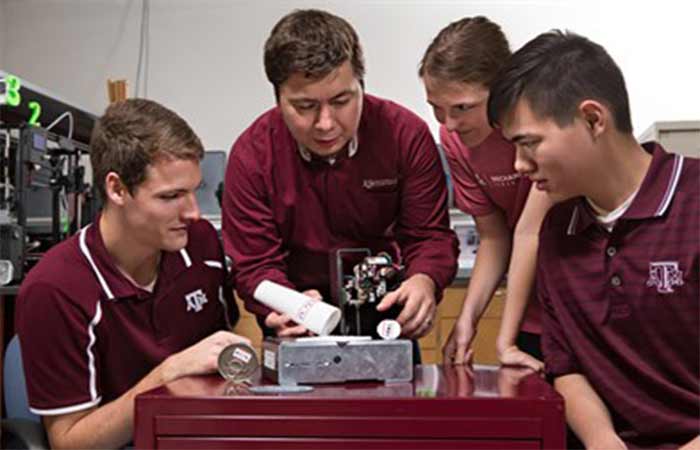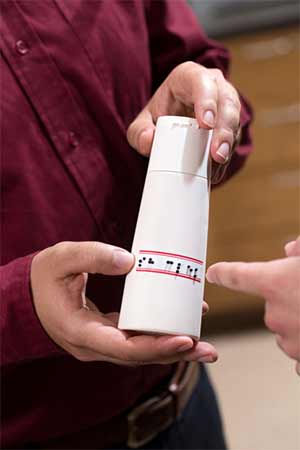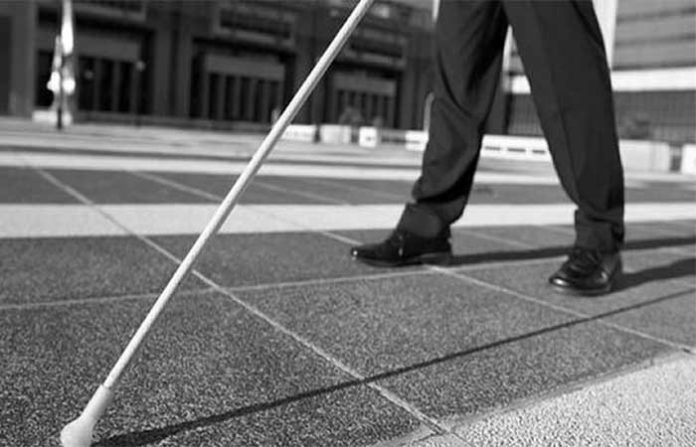Not only 3D technology leads the industry but also makes people’s lives easier. In an extensive research made in Texas A&M University, this technology was used to produce Braille product labels for visually impaired people.
The project, led by assistant professor of instruction Dr. Tanil Ozkan, is unique in not only the benefits it is providing for this specific population, but also in its high-impact instructional approach for undergraduate engineering students, giving them the ability to be actively engaged in research development and distribution.

The work Ozkan and his students are doing initially began with working to provide labels in braille directly on the packaging of everyday consumer products such as shampoo and eating utensils. According to Ozkan, due to the dynamics of the American consumer market, it has been difficult to get distributors to include braille labelling on their packaging. Additionally, the standard 3-D printing polymers used in applying the 3-D printed braille to the packaging is not reliable. To solve this problem, the team created durable adhesive labels to allow easy printing and adhesion to the packages.
“We have developed some software and written our own code that would basically create

these braille characters and then place them, with the desired size font, on the label,” Ozkan said. “This still requires some level of technical expertise, so what we are thinking is that if we combine this technology with a portable 3D printer, this can be taken to schools, nursing homes and public libraries where the blind and visually impaired members of our society have access to other services.”
In addition to their work in braille 3D printing, Ozkan and his students are also working on a unique method that will allow all consumers, including the visually disabled, to read expiration dates on products by touch. The method involves using a color changing polymer which is encased in gel. The permeability of the polymer will change and dissolve over time, allowing the visually impaired to determine the shelf life of a product based on how firm the gel is. For common consumers, the severity of discoloration would be the indication of the remaining shelf life before a product’s expiration date.
